detail profile kier la janisse
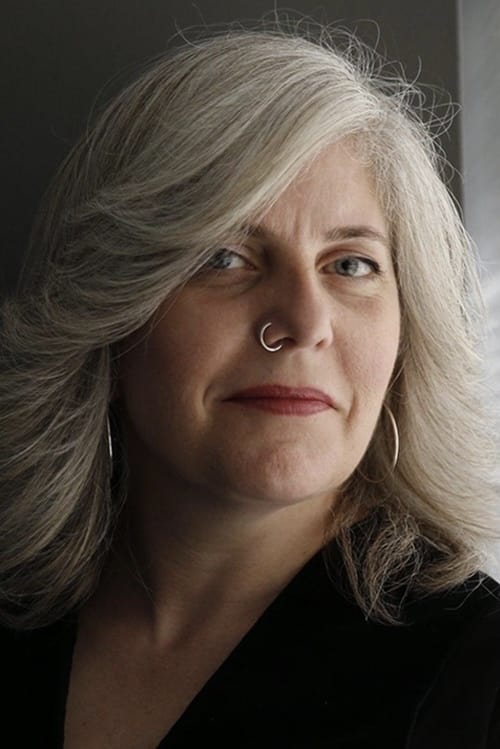
Riwayat Hidup
Kier-La Janisse (1972-) is a Canadian film writer, programmer and producer, founder of international horror school The Miskatonic Institute of Horror Studies and author of A Violent Professional: The Films of Luciano Rossi (FAB Press, 2007) and House of Psychotic Women: An Autobiographical Topography of Female Neurosis in Horror and Exploitation Films (FAB Press, 2012).
Her first feature film as director/producer, Woodlands Dark and Days Bewitched: A History of Folk Horror is due out from Severin Films in 2021.
Info Pribadi
Peran Yang Di Mainkan Kier-La Janisse
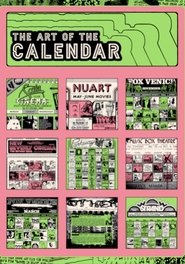 KierLa Janisses documentary about the importance...
KierLa Janisses documentary about the importance...The Art of the Calendar 2024
Kier-La Janisse's documentary about the importance of advertisement for small theaters.
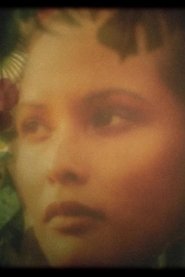 A poignant ode to the star...
A poignant ode to the star...The Reluctant Icon: A Tribute to Laura Gemser 2023
A poignant ode to the star of the Black Emanuelle series and the real-life love story at its core, written, directed and narrated by Kier-La Janisse based on an interview with longtime Italian journalist Manlio Gomarasca.
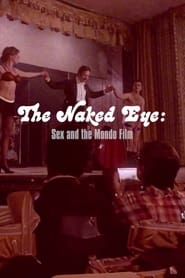 Documentary taking a look at Mondo...
Documentary taking a look at Mondo...The Naked Eye: Sex and the Mondo Film 2023
Documentary taking a look at Mondo movies.
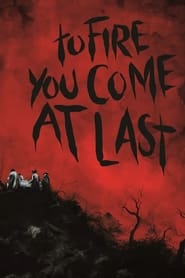 In rural 17thcentury England a group...
In rural 17thcentury England a group...To Fire You Come at Last 2023
In rural 17th-century England, a group of men gather to carry a coffin on the long walk to the local graveyard for burial. Much ancient folklore and superstition surround the pathway to the church, and several of the party are afraid to walk it after dark. Squire Marlow, the grieving father of the dead man, promises to double their wages if they agree to make the mysterious journey full of unexpected revelations.
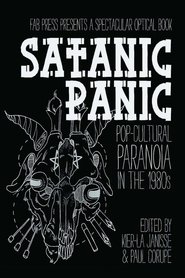 A video essay about satanic panic...
A video essay about satanic panic...The Devil Down Under: Satanic Panic in Australia from Rosaleen Norton to Alison's Birthday 2021
A video essay about satanic panic in Australia from Rosaleen Norton to Alison's birthday,based on Alexandra Heller- Nicholas's chapter of the same name from the book "Satanic Panic : pop cultural Paronia in the 1980s".
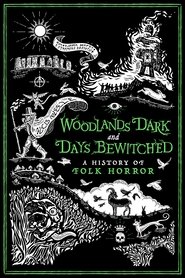 An exploration of the cinematic history...
An exploration of the cinematic history...Woodlands Dark and Days Bewitched: A History of Folk Horror 2021
An exploration of the cinematic history of the folk horror, from its beginnings in the UK in the late sixties; through its proliferation on British television in the seventies and its many manifestations, culturally specific, in other countries; to its resurgence in the last decade.
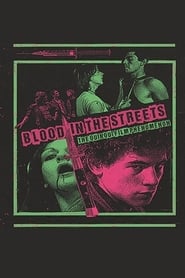 Quinqui cinema encompassed a series of...
Quinqui cinema encompassed a series of...Blood In The Streets: The Quinqui Film Phenomenon 2021
Quinqui cinema encompassed a series of Spanish crime films with a unique national sensibility, as they reflected the times of the Franco dictatorship transition. Guided by academics Mery Cuesta and Tom Whittaker, this featurette explores this explosive subgenre.
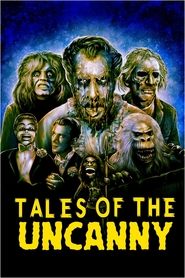 A detailed look at the history...
A detailed look at the history...Tales of the Uncanny 2020
A detailed look at the history of horror anthology films.
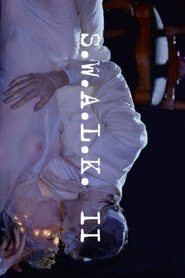 John Galliano Nick Knight and SHOWstudio...
John Galliano Nick Knight and SHOWstudio...S.W.A.L.K. II 2020
John Galliano, Nick Knight and SHOWstudio continue their creative partnership, revealing the Maison Margiela S/S 21 co-ed collection. S.W.A.L.K first began with the opening up of the Margiela Atelier, following the creation of the A/W 20 artisanal collection. This second chapter revives a distant memory of tango dancers in Buenos Aires, whilst realising a bewitching proposal for the marriage of the Maison's artisanal and ready-to-wear lines via a fashion film cum documentary and a series of stills.
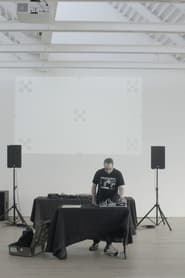 The film traces Sam McKinlays early...
The film traces Sam McKinlays early...Tights Worship: Inside the Practices of The Rita 2019
The film traces Sam McKinlay’s early days as a punk skateboarder through his academic development as a conceptual artist into a highly esteemed noise practitioner whose work bridges the gap between the gallery world and the sleaze of exploitation film imagery. It documents the physical processes of his work and the distillation of visuals into sound, most notably addressing the appeal of abstraction—from the cheap effects of old monster movie makeup to the ‘masks’ created by the heavy cosmetic makeup of 1920s flapper culture and actresses like Pamela Stanford in Jess Franco’s Lorna the Exorcist (The Rita has albums or EPs named after several eurotrash actresses, including The Nylons of Laura Antonelli (2009) and Monica Swinn/Pamela Stanford (2016)).
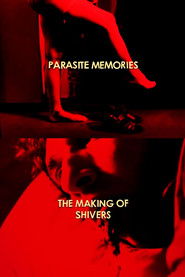 Parasite Memories is a brand new...
Parasite Memories is a brand new...Parasite Memories: The Making of 'Shivers' 2014
"Parasite Memories" is a brand new retrospective piece on the film produced by High Rising Productions with lively contribution from effects artist Joe Blasco, actresses Lynn Lowry and Barbara Steele, actor Allan Kolman, and Canadian critic Kier La-Janisse.
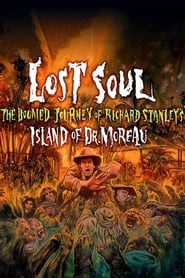 The story of the insane scandals...
The story of the insane scandals...Lost Soul: The Doomed Journey of Richard Stanley's Island of Dr. Moreau 2014
The story of the insane scandals related to the remake of “Island of Dr. Moreau” —originally a novel by H. G. Wells—, which was brought to the big screen in 1996. How director Richard Stanley spent four years developing the project just to find an abrupt end to his work while leading actor Marlon Brando pulled the strings in the shadows. Now for the first time, the living key players recount what really happened and why it all went so spectacularly wrong.
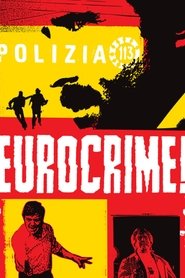 A documentary concerning the violent Italian...
A documentary concerning the violent Italian...Eurocrime! The Italian Cop and Gangster Films That Ruled the '70s 2012
A documentary concerning the violent Italian 'poliziotteschi' cinematic movement of the 1970s which, at first glance, seem to be rip-offs of American crime films like DIRTY HARRY or THE GODFATHER, but which really address Italian issues like the Sicilian Mafia and red terrorism. Perhaps even more interesting than the films themselves were the rushed methods of production (stars performing their own stunts, stealing shots, no live sound) and the bleed-over between real-life crime and movie crime.
 Maison Margiela Artisanal 2021 Collection A Folk...
Maison Margiela Artisanal 2021 Collection A Folk... A windswept ghost story set on...
A windswept ghost story set on...